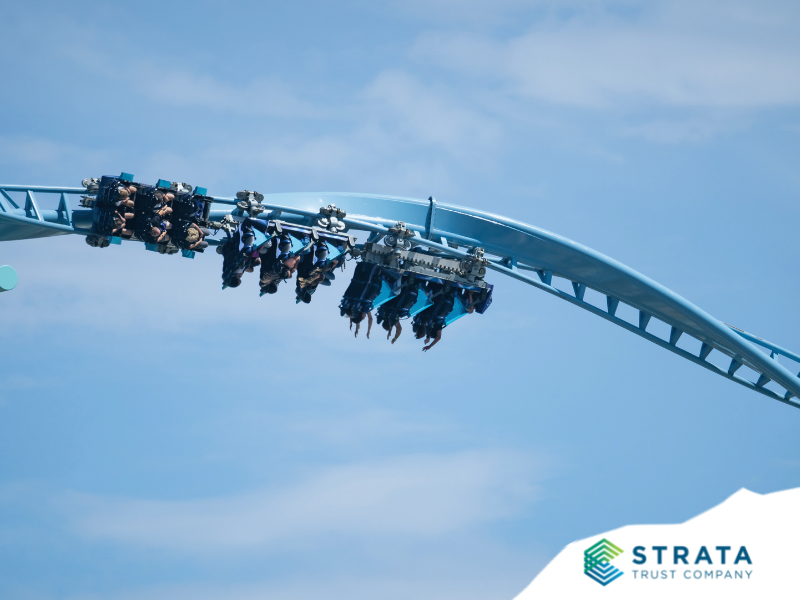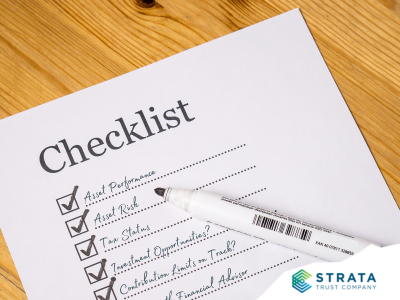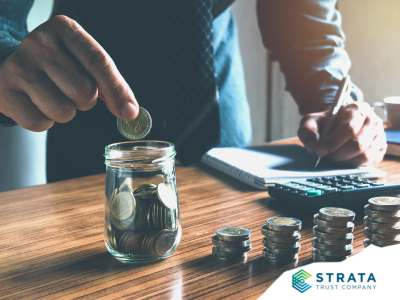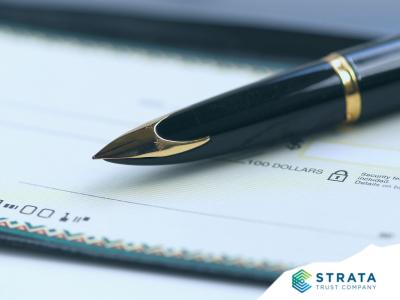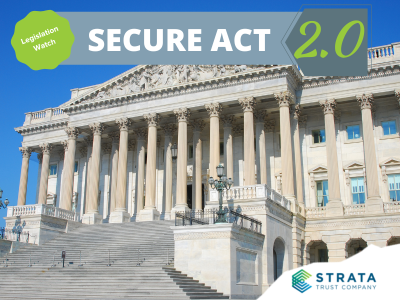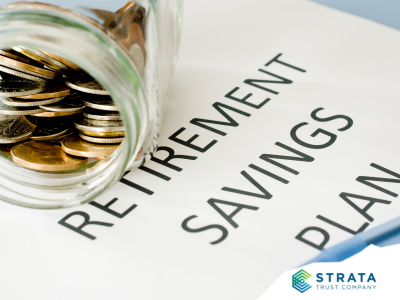If market volatility has kept you from looking beyond your balances this year, now can be a good time to evaluate your portfolio on a deeper level. Studies show maintaining a portfolio that is well balanced enables investors to reduce the impact of volatility and over time, produces a higher return at each corresponding risk level. By conducting annual/semi-annual reviews of your asset positions and ensuring they are still aligned with your investment goals, your portfolio will be better equipped to offset exposure in any single position and protect your retirement savings against drastic single-sector economic swings. Below are three key areas that will help you get started.
Have Things Changed?

When working with a financial advisor, tax professional, or legal advisor to determine whether your investment portfolio meets your objectives, they need to know your needs—based on your specific financial situation.
The Department of Labor, the Securities and Exchange Commission (SEC), and FINRA have begun requiring that financial advisors evaluate certain factors when they provide rollover and account recommendations to investors, particularly for retirement savings. Although the rules for each agency are not the same, they all include similar components, which can serve as a guide for your review.
If any of the following information has changed since your last meeting, be sure to let your advisor know.
- Projected retirement age
- Employment status
- Financial situation
- Tax status
- Investment time horizon
- Risk tolerance
- Other investment accounts (e.g., employer retirement plan, taxable accounts)
- Overall investment objective and goals
Paint Your Retirement Portfolio Picture

Gather information about all your accounts, like other savings accounts, IRAs, and retirement plans—this will help you evaluate if each account offers benefits or services that help meet your long-term objectives. A little homework goes a long way.
Self-directed IRAs (SDIRAs) give the investor greater control than traditional investment vehicles and a wide array of investment options that can be personalized. You can focus alternative investments on assets that matter the most to you (e.g., investing locally, sustainability), or add non-correlating alternative investments like commodities/futures, real estate, or infrastructure-focused private equity funds that are known to help hedge inflation. When evaluating your SDIRA investments, determine not only current performance, but also whether the investments are still the right fit for your risk tolerance and are still important to your objectives.
Understanding your overall retirement picture will help you and your financial professional prepare for stock market dips, ensure you are set up to weather economic rollercoasters (present and future), and are working with the right service providers. Some account components that you should focus on when gathering information include:
- Investment options available in the plan or account
- Overall asset diversification mix (asset, sectors, geographic, time, or temporal)
- Fees and expenses for administration
- Investment-related fees
- Services available with that provider (ease of access to customer support, online resources, easy-to-use technology)
- Withdrawal options (both pre- and post-retirement)
- Required minimum distributions (RMDs)
- Employer stock holdings in a retirement plan
- Protection from creditors or legal judgments
What is the Best Move for You?

As you evaluate the state of your assets, you may start evaluating whether moving assets or investments among your accounts could better serve your goals—either now or in the future. Evaluating all of your accounts at one time will help you determine if your objectives could be better served by moving accounts or shifting investments.
If you need to diversify your portfolio even further, you may want to consider transferring or rolling over some of your other retirement plan savings (e.g., traditional savings account, 401k, 403B, or 457 plans) to a tax-advantaged SDIRA. The process of moving money from one retirement savings vehicle to another and selling certain types of investment assets can take time.
Start considering your options now so you’re ready to act when the time is right. To make sure you’re considering the right moves for you, get enough information to compare the following for each account:
- Fees and expenses
- Various levels of services
- Types of investments available
- If an employer’s plan is involved, whether the employer pays for some or all of the administrative expenses
- Tax implications of an account, including when assets can be accessed without penalty
Review STRATA’s top questions about rollovers here.
Carpe Diem (and Your Portfolio)
 Looking at all your accounts now can help identify where you might be holding investments that no longer serve your current needs, or accounts that you no longer want to maintain. Carpe Diem! NOW is the best time to make sure your financial future is aligned with your goals and ensure your portfolio is as prepared as it can be to withstand economic rollercoasters that will no doubt continue throughout our lifetimes.
Looking at all your accounts now can help identify where you might be holding investments that no longer serve your current needs, or accounts that you no longer want to maintain. Carpe Diem! NOW is the best time to make sure your financial future is aligned with your goals and ensure your portfolio is as prepared as it can be to withstand economic rollercoasters that will no doubt continue throughout our lifetimes.
Click the links to learn more about different Types of SDIRAs and Investment Options available at STRATA Trust Company.
